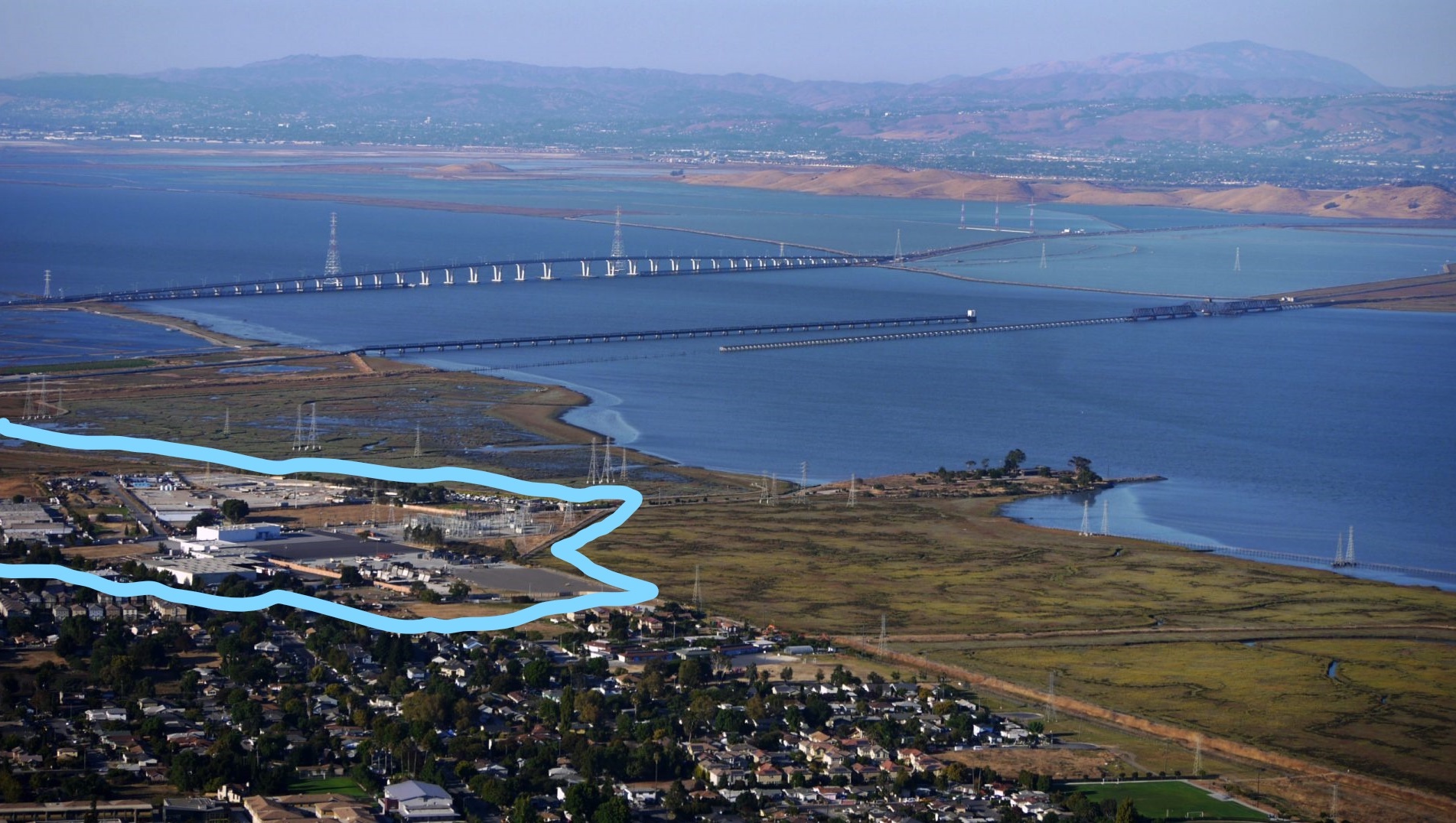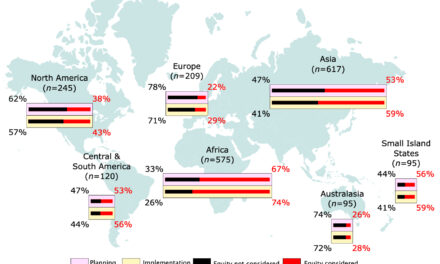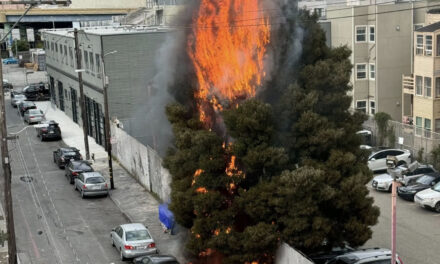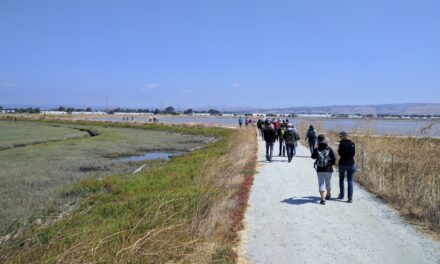East Palo Alto Shows Up to Speak Up
East Palo Alto faces a quintessentially Bay Arean constellation of challenges: escalating housing prices and declining affordability; gentrification associated with the displacement of longtime residents by well-paid tech workers; and a rising bay encroaching upon the densely populated, low-lying city near the foot of the Dumbarton Bridge.
Throw in a proposed new mixed-use development abutting vital marshlands already vulnerable to flooding and the stakes get even higher, says Roxana Franco, programs manager for Nuestra Casa de East Palo Alto. That’s why the nearly 20-year-old nonprofit is now working closely with current and longtime residents, many of them lower-income people of color, to give local context to climate change and sea-level rise, disaster preparedness, and — perhaps most importantly — civic engagement.
Through a 12-week program called the Environmental Justice Parent Academy, Nuestra Casa (“Our House”) is leading in-depth discussions about these and related issues among cohorts of African American, Pacific Islander, Latinx, and youth residents of East Palo Alto. All 85 participants, 75 of whom are parents, receive a stipend for their time and are encouraged to continue their work outside of the group.
“We have facilitators that reflect the community, and they’re also community elders here in East Palo Alto,” Franco says. “We try to make it about building communities and empowering our participants to sit at city council meetings and speak up … We encourage them to show up to these meetings, and they feel more comfortable to be involved or at least show up.”
Four major development projects have been proposed for the end of Bay Road, just south of the Dumbarton Bridge and hugging the edge of the marshes close to sea level.
Other Recent Posts
Gleaning in the Giving Season
The practice of collecting food left behind in fields after the harvest is good for the environment and gives more people access to produce.
New Study Teases Out Seawall Impacts
New models suggest that sea walls and levees provide protection against flooding and rising seas with little effect on surrounding areas.
Oakland High Schoolers Sample Local Kayaking
The Oakland Goes Outdoors program gives low-income students a chance to kayak, hike, and camp.
Growing Better Tomatoes with Less Water
UC Santa Cruz researchers find the highly-desired ‘Early Girl’ variety yields more tomatoes under dry-farmed conditions.
Santa Clara Helps Homeless Out of Harm’s Way
A year after adopting a controversial camping ban, Valley Water is trying to move unsheltered people out of the cold and rain.
The Race Against Runoff
San Francisco redesigns drains, parks, permeable pavements and buildings to keep stormwater out of the Bay and build flood resilience.
Learning the Art of Burning to Prevent Wildfire
In Santa Rosa’s Pepperwood Preserve, volunteers are learning how controlled fires can clear out natural wildfire fuel before it can spark.
Martinez Residents Want More Than Apologies — They Want Protection
After a 2022 release of toxic dust and a February 2025 fire, people in the northeast Bay town are tired of waiting for safety improvements.
Weaving Fire Protection Out Of What’s Already There
A new Greenbelt Alliance report shows how existing vineyards, grasslands, and managed forests can slow wildfire and save vulnerable homes.
Fall Plantings Build Pollinator Habitats in Concord
Community groups, climate advocates and a church are coming together to plant pollinator gardens as monarchs, bees see population declines.











